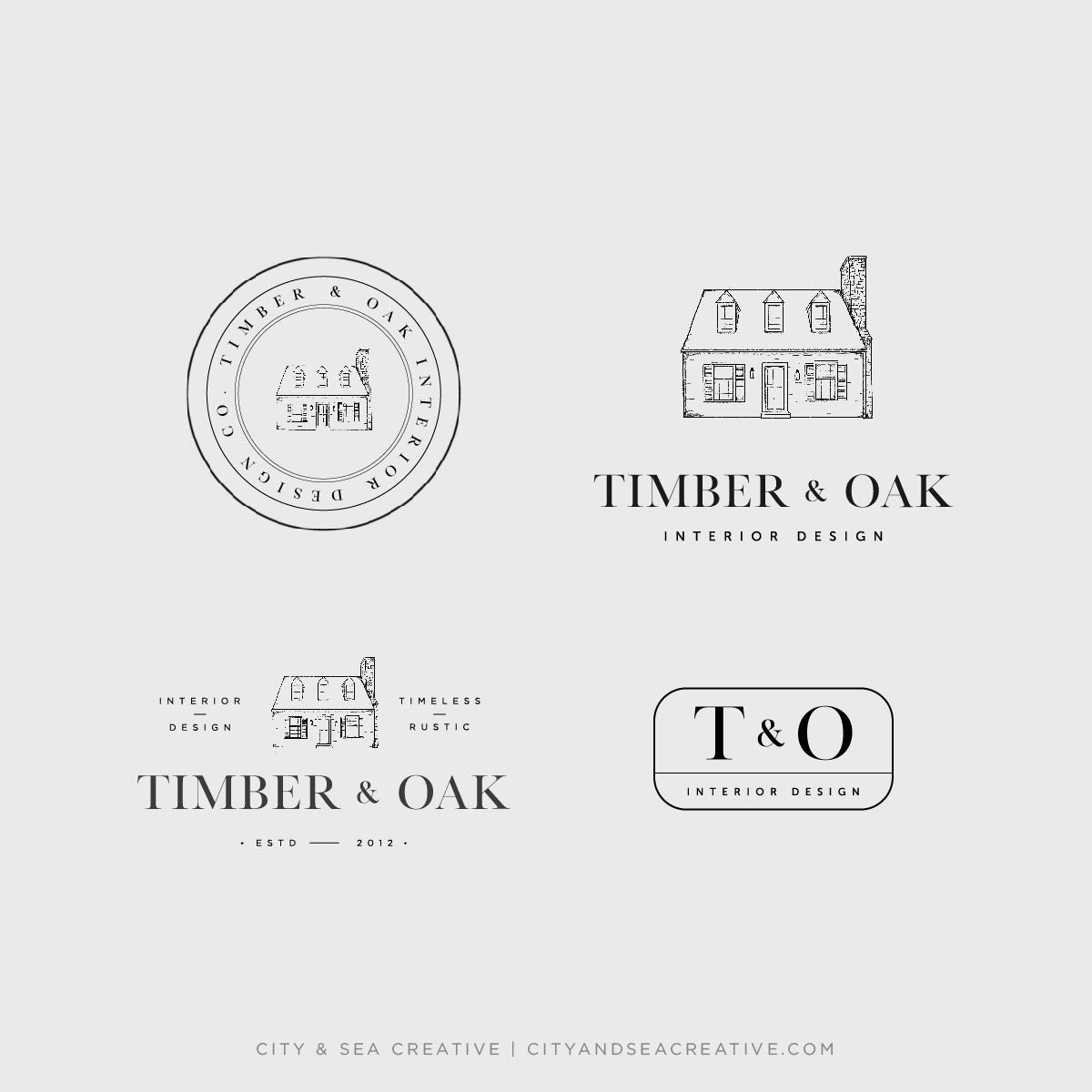The difference between brandmarks, submarks, and logos in brand design
Brandmarks, submarks, watermarks, oh my!
Brand Design, Visual Identity, and Logo Design are all critical components of creating a recognizable and memorable brand. When building a brand, it is essential to consider all of the different ways in which your logo will be used, and this is where submarks and brandmarks come into play.
What’s a submark, anyway?
A submark is a compact version of a logo that is often circular and includes your business name, tagline, and sometimes even your brandmark. It is commonly used as a watermark over images or as an Instagram profile picture.
And what is exactly is a brandmark?
On the other hand, a brandmark is a small image that represents your brand and does not include any wording. It can be used as a website favicon, among other things. When you think of the brand Nike, what immediately comes to mind? Most likely, the infamous Nike Swoosh. The swoosh itself is a brandmark, also known as an emblem or an icon. The Swoosh can exist all on its own, with no wording in sight, and most of the world would still know why it’s there and what it represents. This is the goal with a brandmark. It should encompass your brand all on its own.
In this example, the brandmark is the illustration of the home that exists above the wordmark. If you removed the words from the above image, the brandmark should be able to standalone and still represent the entire brand.
Do I need a submark and brandmark for my brand?
When creating a logo suite, including a submark, brandmark, primary logo, and secondary logo can be beneficial in ensuring your brand looks consistent across various platforms. Each element is designed to fit a specific space and has its own unique use case. For instance, primary logos are perfect for print materials and the front of a business card, while secondary logos are great for website navigation and letterheads.
If you want to launch a cohesive brand across different platforms, you'll need multiple versions of logos to ensure consistency. A Brand Design package can help with this by including all of the necessary "marks" and more.
In conclusion, creating a successful brand requires more than just a logo. It involves crafting a comprehensive visual identity that includes various elements such as submarks, brandmarks, primary logos, and secondary logos. By considering all of these different aspects of brand design, you can build a brand that is recognizable, memorable, and consistent across all platforms.
Feeling overwhelmed by the idea of branding your business? Want to be intentional and strategic but don’t know where to start?
Download the Brand Building Blueprint
Become an expert in your target audience
Craft a professional mission & vision statement
Determine trust-building core values
Tell your brand story in a way that resonates
Discover your design vision & style
Craft a one-of-a-kind visual identity
Determine your logo style & color palette
Create organized website content that converts





